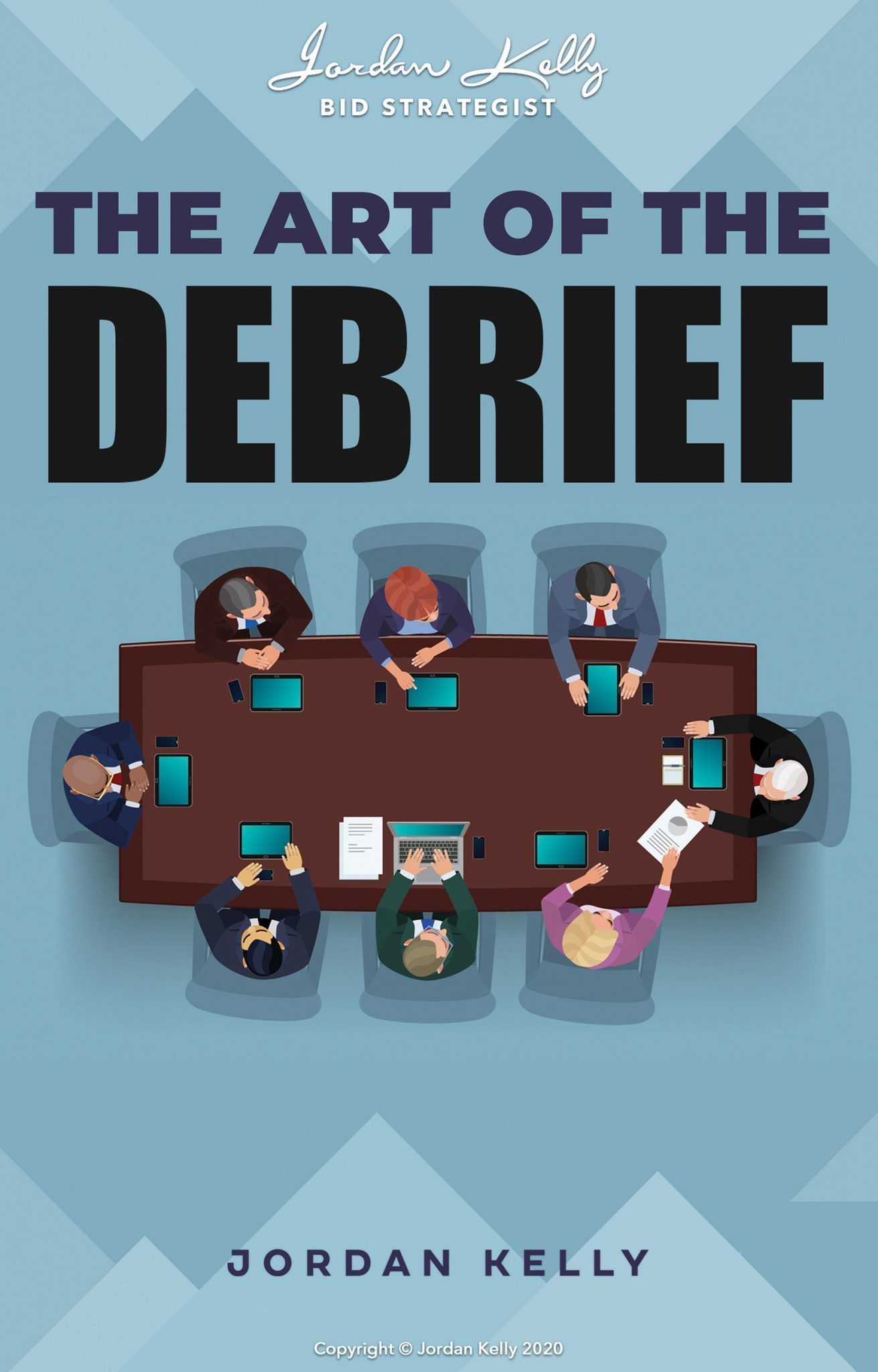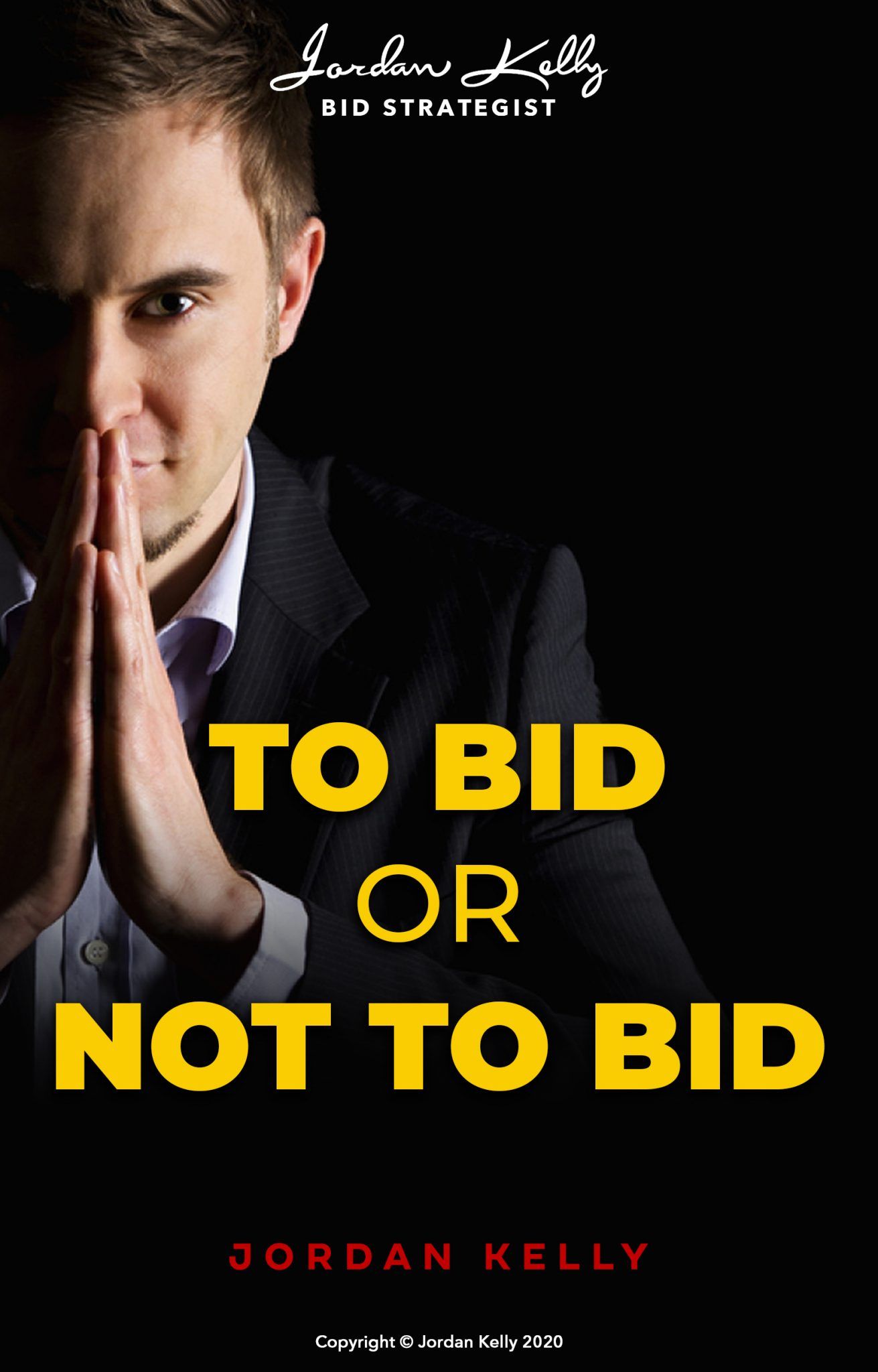CATEGORIES:

“It’s the deals you walk away from that make you rich, as much as the successful deals.”
This line leapt out at me one night, when I was reading something as otherwise unrelated to bids as it gets.
That simple, yet profound statement catapulted me straight back into bid strategy mode.
Why?
Because I’ve seen numerous companies insist on investing huge resources in a bid they didn’t have a chance of winning. And most times that bidder knew it.
They knew their pre-sales engagement was inadequate (or non-existent). They knew their insider knowledge of the prospect organisation was insufficient. They weren’t even sure who they were really up against, or the competition’s standing with the prospect. They were aware of many other knowledge gaps they’d left it too late to address by the time the EOI / RFP / RFT was released. And they couldn’t put their hand on their heart and say they believed their offering was the prospect’s best option – a situation that may well not have altered even if they were in possession of a lot more information.
Worst of all, sometimes they hadn’t even done sufficient research to determine whether or not the EOI, RFP or RFT was the real deal. (We all know it’s not uncommon for procuring organisations to issue a call for tenders without being in a position to actually finance the contract, or already knowing full well whom the contract will be awarded to, or simply to keep the incumbent on its toes.)
‘Oh Well. We’ll Just Go For It Anyway.’
But still these keen bidders insisted on going through the resource-draining motions of submitting a Response. And at the predictable outcome, there were numerous disappointed and demoralised staff members to console, all of whom now had to peddle furiously just to catch up with the responsibilities they’d put on hold during the all-consuming madness of the bid production period (which usually was frantic because, most times, they were playing catch-up in their information-gathering efforts).
So why does a company take the decision to produce a submission for a bid contest it has little chance of winning?
Let me give you just some of the reasons:
1) To be seen to be “in the game” because primary competitors are, or are assumed to be, bidding.
2) Their inadequate background/pre-sales research failed to identify a bad technological or cultural fit. (Pre-qualification processes will hopefully ensure technological capability. Cultural compatibility is a less tangible but equally important issue.)
3) The contract is with a high-profile organisation that would look impressive on the bidder’s client list and/or represent a valuable reference.
4) “The company needs the business.” (Flawed logic in the extreme. It would be best identifying, researching and going after more achievable pursuits.)
5) Unrealistic thinking, plain and simple.
Let’s consider each of these “reasons”.
To be ‘in the game’.
If your competitors have done a better job of their pre-sales research and relationship-building and – assuming they can put together a halfway decent proposal – how will it behoove your cause to have your half-baked bid laid out beside theirs in front of the evaluation team?
Failure to identify a bad technological or cultural match.
A poor technology fit is going to be obvious from the information you provide in your Response.
How is that going to make you look?
Firstly, most switched-on evaluation teams don’t like wasting their time any more than you’re going to have appreciated squandering your own resources.
Secondly, conveying the impression of an ill-researched or unrealistic bidder is not the impression you want to leave with an organisation with which you may want to bid for work in the future (for a project, product or service your company is more suited to delivering).
A poor cultural match has the potential to be, at best, a constant challenge, at worst, a complete disaster. If you’re a young, risk-taking, gung-ho sort of company, and the customer is old-school, staunch, slow-moving and bureaucratic, for example, project forward with a strong sense of reality before deciding to bid for a close, ongoing working relationship.
The ‘If We Can Get This One’ syndrome.
The higher you fly, the harder you fall.
If a deal’s high-profile enough to “make” you, imagine how quickly it can break you if you do win it and you’re not really up for it.
‘We need the business.'
At any cost?
Does it fit with your overall corporate marketing strategy? Is it genuinely taking you places?
How will the contract turn out if you don’t really have the resources it’s going to take to do the job well and create a happy, satisfied client or customer organisation?
Lack of realism.
See all the above.
There’s so much downside and very little upside when you decide to enter a bidding contest you should have gracefully declined. Wasted budget, demoralised staff, compromised corporate image . . .
One simple piece of advice: Be realistic.
As you can see, there’s no point in being anything else but.
Think of the opportunity cost in other areas where resources might have been far more profitably invested, and your corporate image enhanced rather than compromised.
Think of the comparative ease of those sales efforts versus the effort of trying to put up a convincing case when you haven’t really got one.
TO BID OR NOT TO BID
(Training Program)
The real value of a thorough and well thought-out bid/no bid decision analysis – whether highly structured or less so – results from asking the right questions and seeking out well-researched answers.
Follow that through with a realistic self-analysis for a genuinely strategic, properly informed decision.
This program will show you how.
THE ART OF THE DEBRIEF

(Training Program)
In Module 1 of this two-Module program, I will help you extract maximum value from post-bid debriefing sessions by showing you how to formulate quality questions - whether in advance or "on your feet".
In Module 2, I'll guide you through a fearless self-assessment, in order to ensure permanence of the insights you've gained into your own performance.



